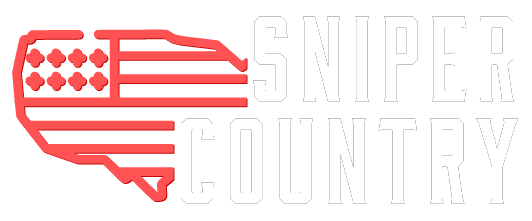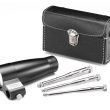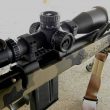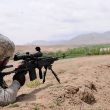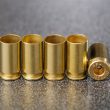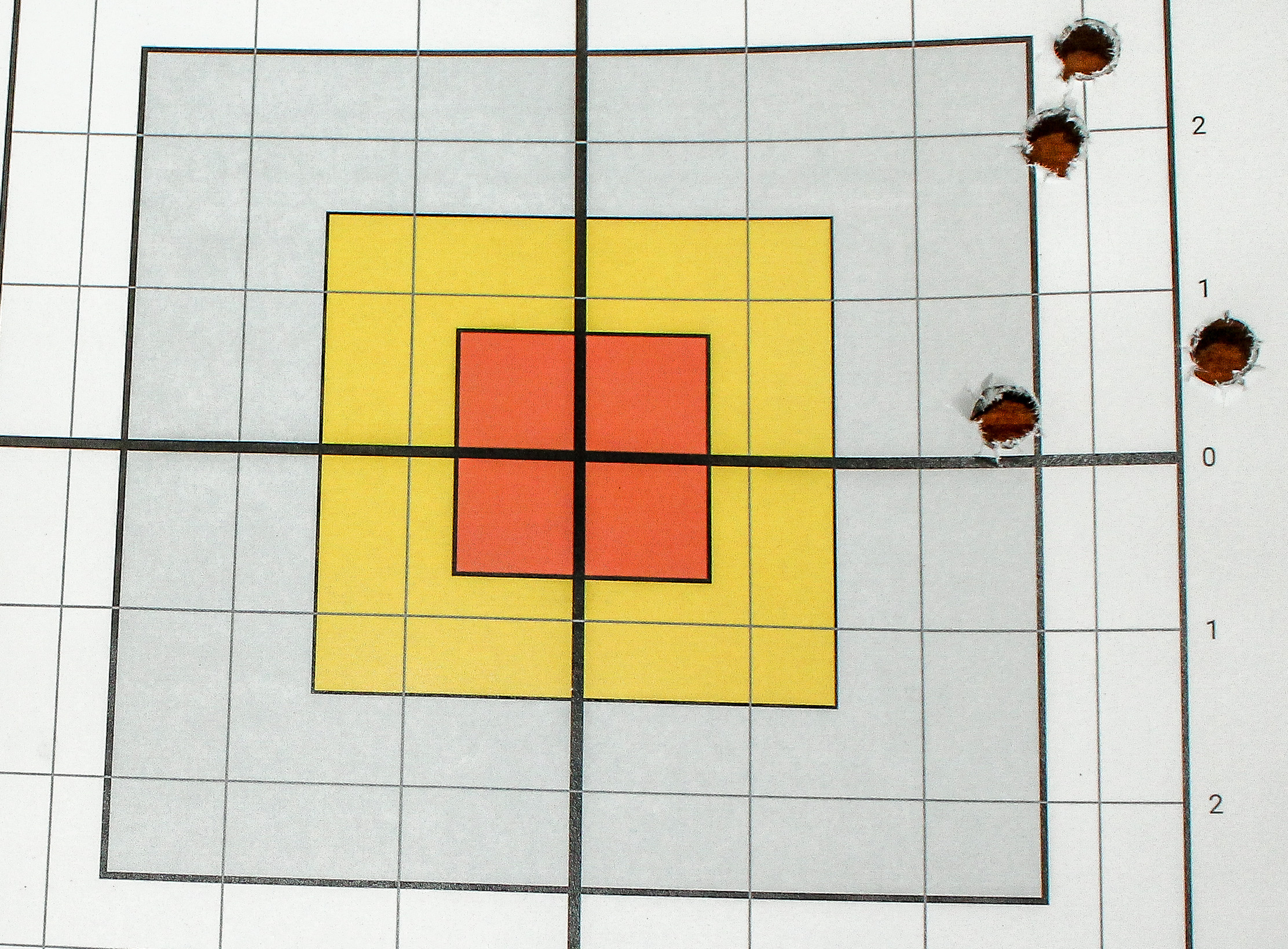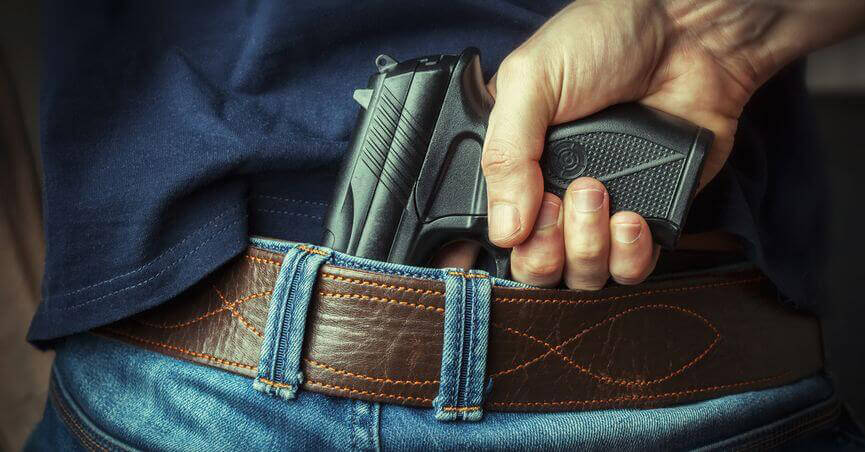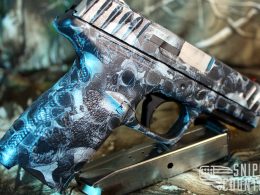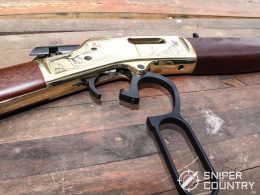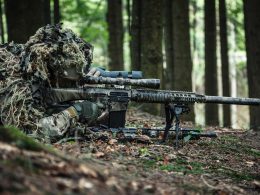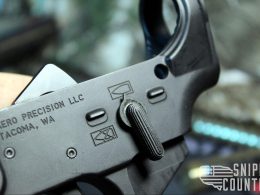Most shooters will at some point experience flinching, regardless whether they’re an amateur or skilled shooter. While some may not want to admit falling victim to this problem, every shooter deals with it at some point. There are a whole lot of varying factors that can affect a shooter’s reaction when firing.
Everyone has a different nervous system and different training experience, so let’s look at the collective advice from shooters on how to cure The Flinch. Whether you’re anticipating the recoil or wincing after a shot, there are a few things to consider in the analysis of what’s causing you to flinch.
Position
First and foremost, check your position. If your positioning is sloppy, you will experience more recoil. Ensure the stock is placed firmly in the pocket of your shoulder, pulling a bit to the rear with a gripping hand. The firearm and your upper body need to recoil simultaneously while in a firm position. Always try to reduce the effects of the recoil.
Your position must be solid and stable while observing the pressure points of the stock to shoulder, hand, cheek, and trigger finger. Maintain a consistent pressure throughout the shot placing a bit more pressure on the trigger. The trick to hitting a target with precision means controlling your body. It can be mentally draining having to stay dead still for some time. The slightest movement, including a heartbeat can affect your shot. So, while shooting between heartbeats is effective, it can be hard given one’s heartrate tends to increase, especially if shooting under pressure.
If you’re in the classic prone position with both feet flat on the deck prone, try the cocked leg position to lift your sternum off the ground. Right-handed shooters can pull the strongside leg up and point the weakside foot in while shifting your weight a bit to the left hip.
BONUS OFFER: Get your free shooting range targets to print at home!
Get your free targets to print at home!
The Grip
Your grip with your shooting hand must be directly to the rear with both middle fingers. If you use the small finger, it will torque the stock. So, when firing it will shift in the shoulder increasing the recoil felt. Keep a good positive stock to cheek weld with pressure on the stock right through to the recoil. When lifting your head at the recoil, the firearm builds up speed resulting in a flinch that will worsen with every shot. ull the rifle into your shoulder and get a good cheek weld.
Protective Clothing
There is no shame in wearing extra protection like adding a thin sorbothane layer of padding in your shooting jacket but if it’s too thick, it will do more harm than good. Most shooting jackets can accommodate a pad for recoil or simply sew one into your coat to easily transfer pads. Moreover, having hearing protection is advisable especially for shooters new to the game who associate the bang with pain, causing a flinch. A good set of plugs gives better seal than earmuffs do in eliminating noise that can help eliminate flinching.
State of Mind
The mind is a powerful thing, and flinching can be a mental block and not a physical issue. If you’re experiencing major flinching, spend time each day and meditate on your shooting and visualize every detail in firing a great shot. And, practice this ritual before each shot.
Fatigue can be another factor to consider even if you’re holding a good position. It’s natural for man to react to loud noises, and even a skilled shooter has subconscious reflexes when less focused and tired.
Practice
Another technique to overcome flinching is dry fire practice. If everything else seems in place but the flinch still occurs, start practicing dry firing correctly and more regularly. There’s a lot to be said for practice as it helps turn the trigger pressing action into a subconscious act.
You need to do a lot of dry firing from all your positions that you use and spend time working on the trigger control without taking up a position or focusing on a target. You can also try shooting a slow-fire pistol. Take up your position, your point of aim, and breathe steadily while controlling the trigger.
You’ll need to practice repetitively and keep visualizing the best shot you can take. Because our minds are like computers, we can program them to do anything.
Coaching
If you feel you aren’t seeing the results you want, you can always find a good instructor to help you out. There are different schools of thinking when it comes to gun trainers. Some start their students off on .22 Long Rifle to help control the flinch, but others get their students to shoot with a much larger firearm to get the mind and body accustomed to the shock. After some time, you’ll want to get away from the larger gun because of the discomfort and noise. So later, when you use something smaller like a .308, you’ll find it so much easier to control. But, don’t assume you’ll get it right first time as you need to readjust from the larger weapon to the smaller firearm.
Furthermore, if you are looking for a good read to also help you out, Lanny Basham’s book “With winning in mind” comes highly recommended.
To Summarize
Flinching can be caused by various factors, but you also need to know when your body needs a break. When you reach this point after spending a number of cartridges and push yourself to go beyond, the chances of flinching increase, which can then be hard to resolve. Keep this in mind along with maintaining a good position, use clothing and hearing protection, and if you need it, get proper shooting instruction.
By conditioning the brain’s reaction to noise when firing a gun, it’s possible to alleviate your response to external stimuli. While there’s no one solution to fix everything, but by employed a mix of these techniques can help you better prepare for your shot as well as recover quicker from a bad shot.
